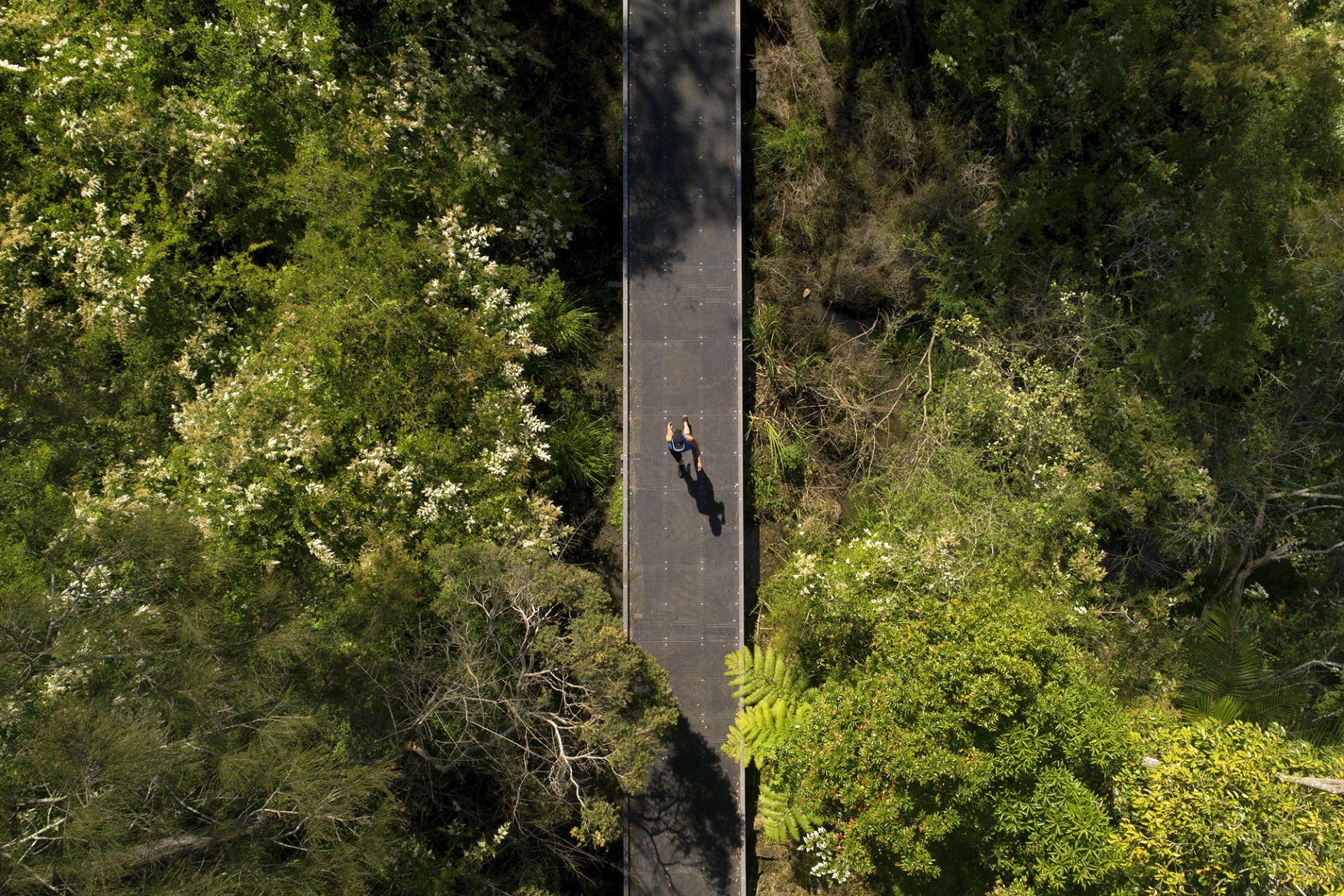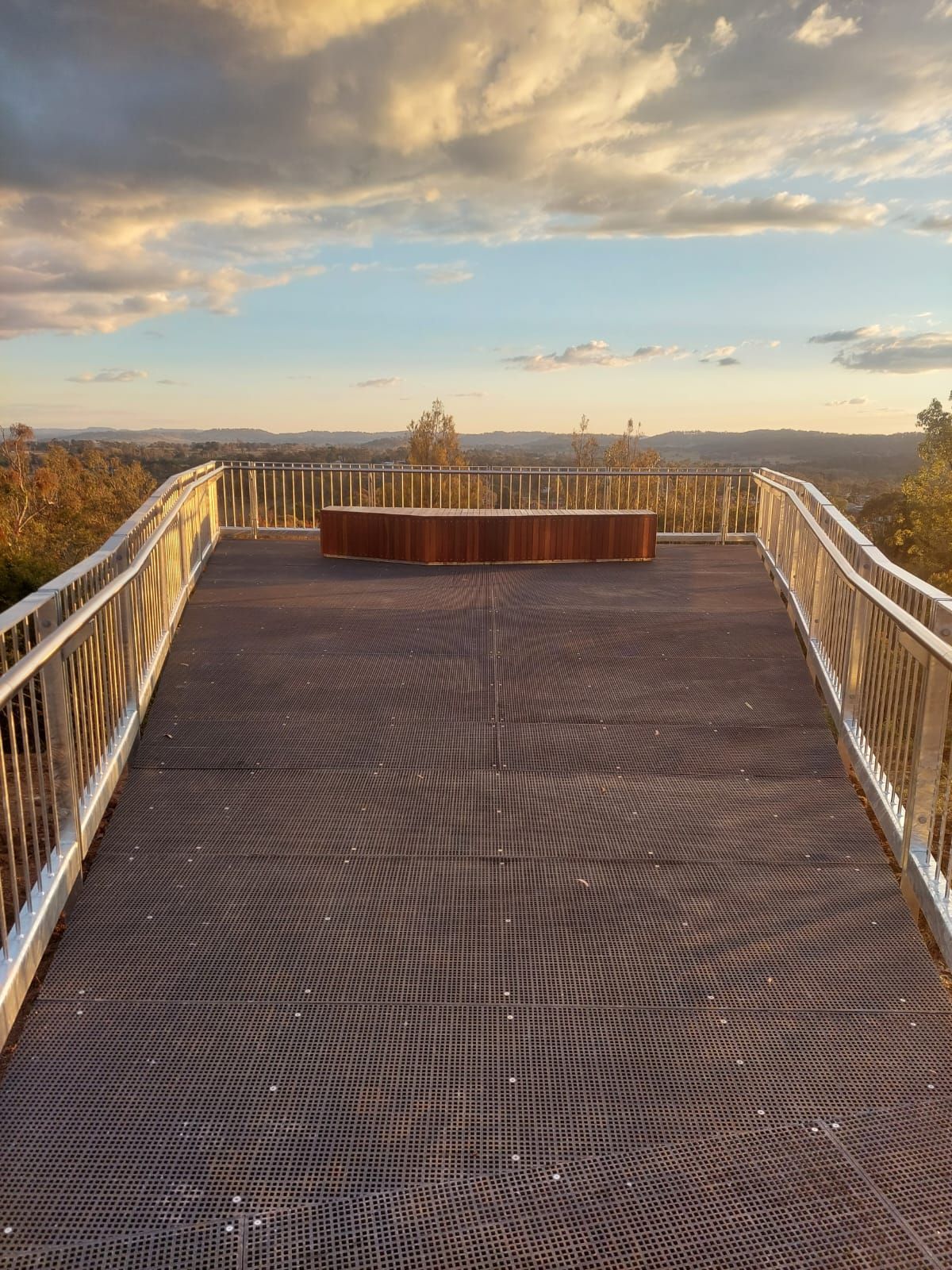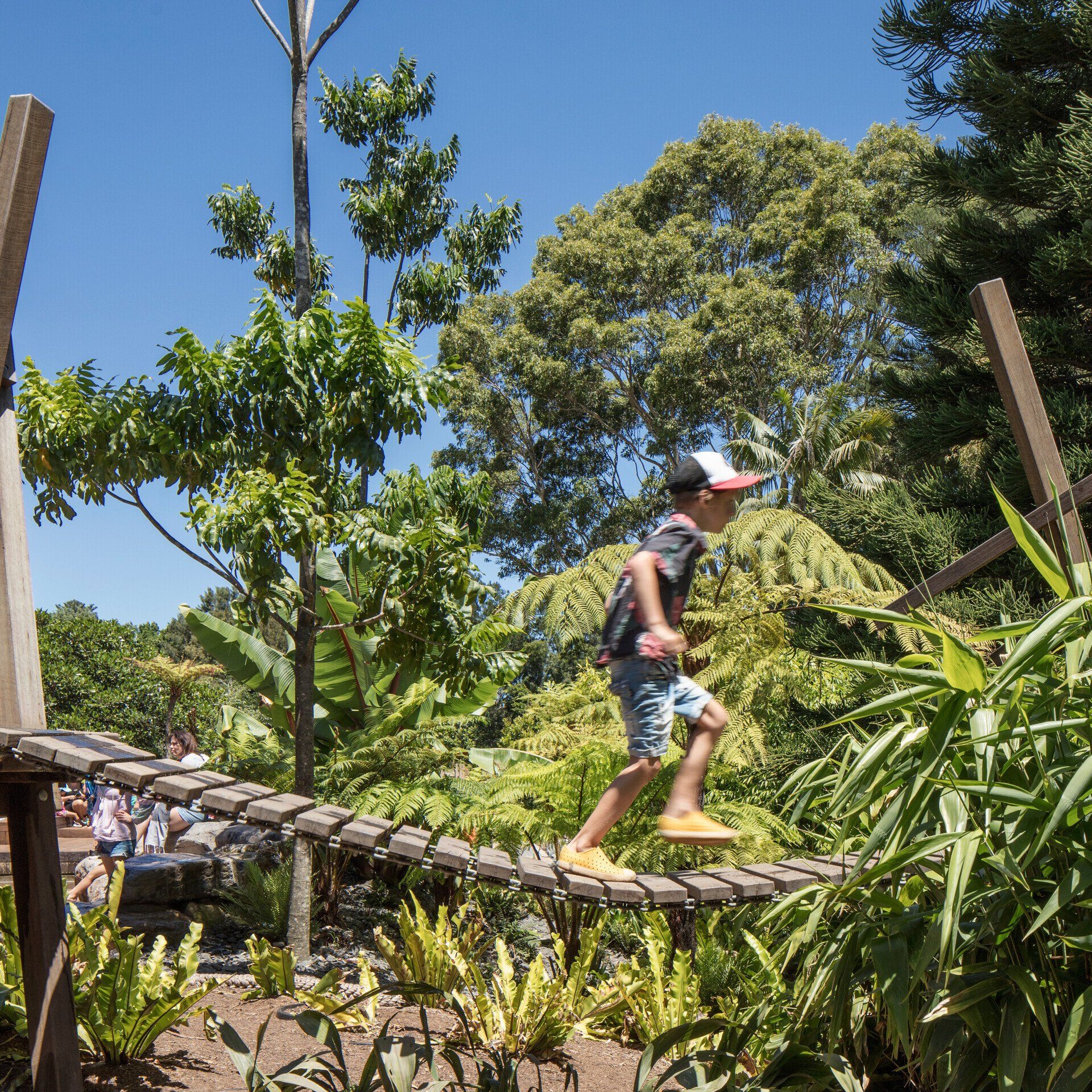A coffee with Dilshad Shams, Structural Design Engineer
Hello Dilshad, we’re often asked about the people that work with us at Fleetwood Urban. Given you are one of our new team members, almost a year in, can you tell us about your role as Structural Design Engineer?
As a structural engineer and in-house engineering team member here at Fleetwood, I’m responsible for designing various types of structures so they can fulfil their design purpose, remain safe and function throughout their intended lifetime. This involves analysing design, safety and durability, ensuring cost-efficiency while still being visually appealing.
For a typical project, I’ll receive a scope of work with design intent from the project manager or the design lead. By this stage, the architectural drawings are usually already produced with help from the design technician.
I’m mainly office based and do most of my structural design work by hand using pencil and paper. For more complex structures, I use finite element analysis (FEA) software to determine optimal sizes and material grades. There would normally be a couple of site visits during the different phases of the project too, where I’m out in the field. For design packages I provide structural sketches to show connection details, footing details and cross sections. The finalised design then goes to the shop detailer, who produces the construction drawing package.
How do you measure the success of the projects you work on?
We design a lot of bespoke structures, no project is ever exactly the same as another. My role requires a fine attention to detail. It’s important to consider the constructability of the structures too, which is very crucial. Communicating well with the entire team, keeping those details in mind, getting the structure designed and built on time and on budget, and ultimately seeing a happy client, that’s a successful project in my opinion.
What’s the most satisfying thing about the work you do here at Fleetwood?
Fleetwood works with a lot of innovative structures and materials. For best practice I constantly need to keep up with ever-evolving codes and standards, research about up and coming materials and all high-tech innovations in engineering. The type of structures we build play a part in shaping the world we live in. This keeps challenging me with the variety of work we do and gives me great creative satisfaction, which is extremely rewarding.
What are some of the biggest challenges you face in the work you do?
There can be lots of changes for a project, even after the design is completed. Staying true to the original concept when that happens can be time-consuming. But it’s all part of the job.
You’ve travelled quite a bit during your career so far, can you tell us a little about your background and also how you feel your experiences abroad have helped you develop into the engineer you are today?
I was born in Bangladesh. I spent my early childhood in England while my father was studying his PhD in Finance. We moved back to Bangladesh after a while, that’s where I completed school. I decided to study engineering for my bachelors in England. I got an offer from Coventry University and started my undergraduate degree there in Structural Engineering with Architecture. After graduating I moved back to Bangladesh and then to America. I started working there for an architectural firm as a project designer. It was my first job as a graduate, and there I learned many aspects of designing and how things work in the field.
I always knew I wanted to become an engineer, so I later shifted from architecture to engineering. I got an offer to work in the Virginia Department of Transportation (VDOT). I was fortunate enough to get into a two year rotational program where I had the chance to work with all the different engineering departments and some great engineers. After the two years, I joined VDOT on a permanent placement working as a Structural Engineer. That gave me the opportunity to learn a broad section of practical skills, not just designing on the drawing board in the comfort of an air conditioned office.
Having moved around quite a bit, I learned to be adaptable and my peers always encouraged me to ask questions and, honestly, that’s the best way of learning fast.
How does working at Fleetwood differ to other design teams you’ve been a part of?
Every company is different and has their own design process. But after coming to Fleetwood I’m more involved in different aspects of engineering. At my previous workplace, we had separate departments like geotechnical, hydraulics, environmental and so on. Here, I get to do a bit of everything and that challenges me to keep up-to-date with the very latest engineering practices and knowledge.
Things are changing, but engineering is still a very male dominated field. What inspired you to pursue it as your career?
At school I really enjoyed maths and physics. I come from a family of lawyers and chartered accountants, but I always had a dream to become the first engineer in the family.
Being a female in a male dominated environment can be difficult, but I’ve faced little if any discrimination. I’m treated with the respect I deserve, just like anyone else. I think it was the best decision to become an engineer, there are plenty of opportunities for working overseas, I’ve already lived and worked in three different continents.
What have been some of your more memorable moments since joining the Fleetwood team?
Each and every project has been a learning experience for me. It’s helped me get familiar with Australian design standards, engineering and methodology. Initially it was a bit overwhelming coming to a new country and having a completely different measurement system (metric vs imperial), for example, but my Fleetwood ‘family’ has really helped me to grow, providing all the necessary support and training for me to do my job. Most importantly, they’ve showed a great amount of trust and faith in me. I’m very grateful for that.
What are you excited about, professionally, in 2020?
I’m working towards pursuing chartered status, it’s still a long way to go but I look forward to working on the next phase of my career development.
Looking further ahead, where do you see yourself in 10 or even 20 years from now?
Who knows? I might be the next Principal Engineer at Fleetwood, if they’ll have me.
Just finally, what are your interests or hobbies outside of work?
Having family in many different parts of the world, I started traveling on my own from a young age. Every year I still try to explore a new city, country or even continent. Apart from travelling, I think I’m a decent cook and I love experimenting with different recipes to make something different.
More from Fleetwood Files.

Explore
Certifications
Environmental Management : ISO14001
Quality Management : ISO 9001
OHS Management : ISO 45001
All Rights Reserved | Fleetwood Urban | Privacy Policy




